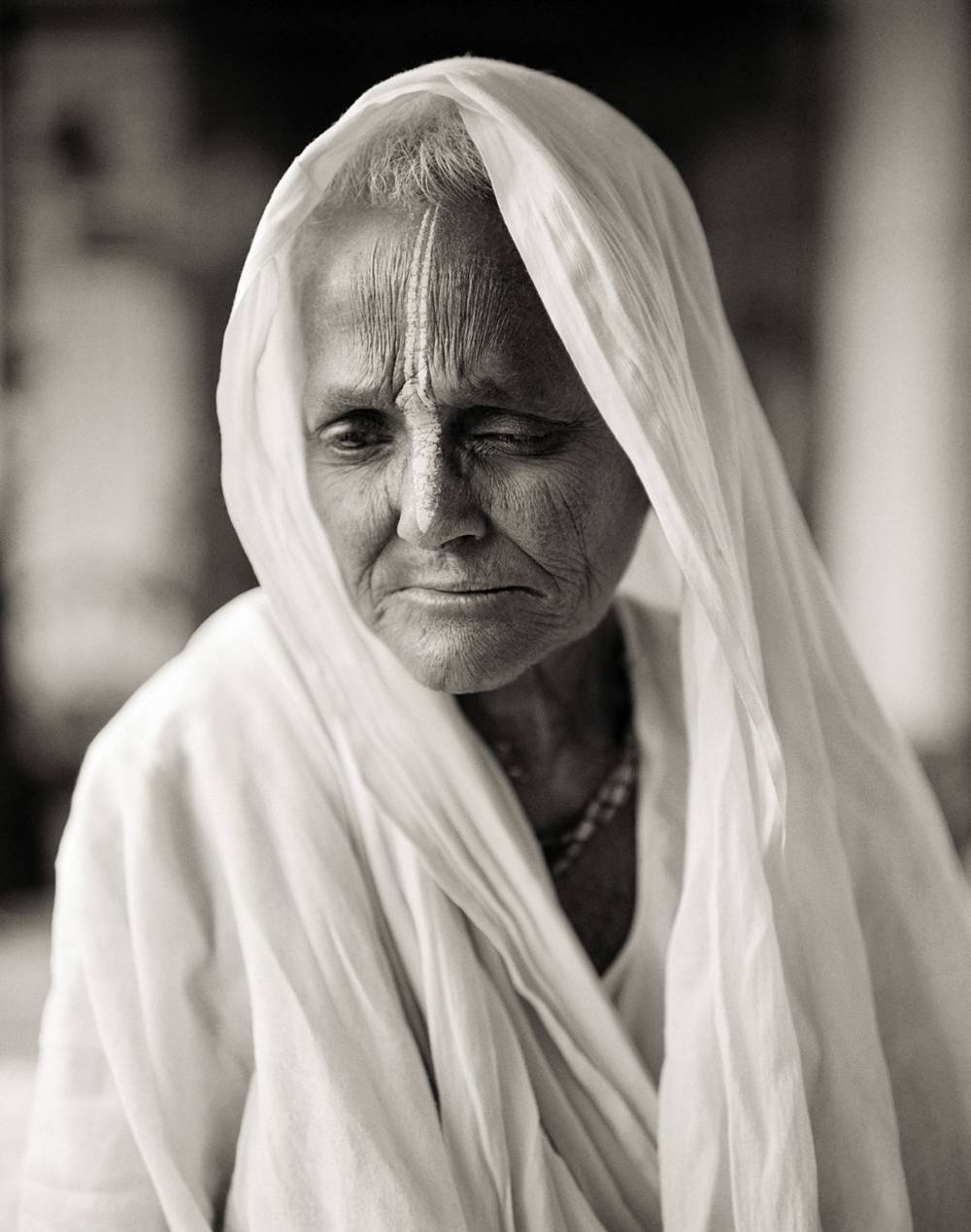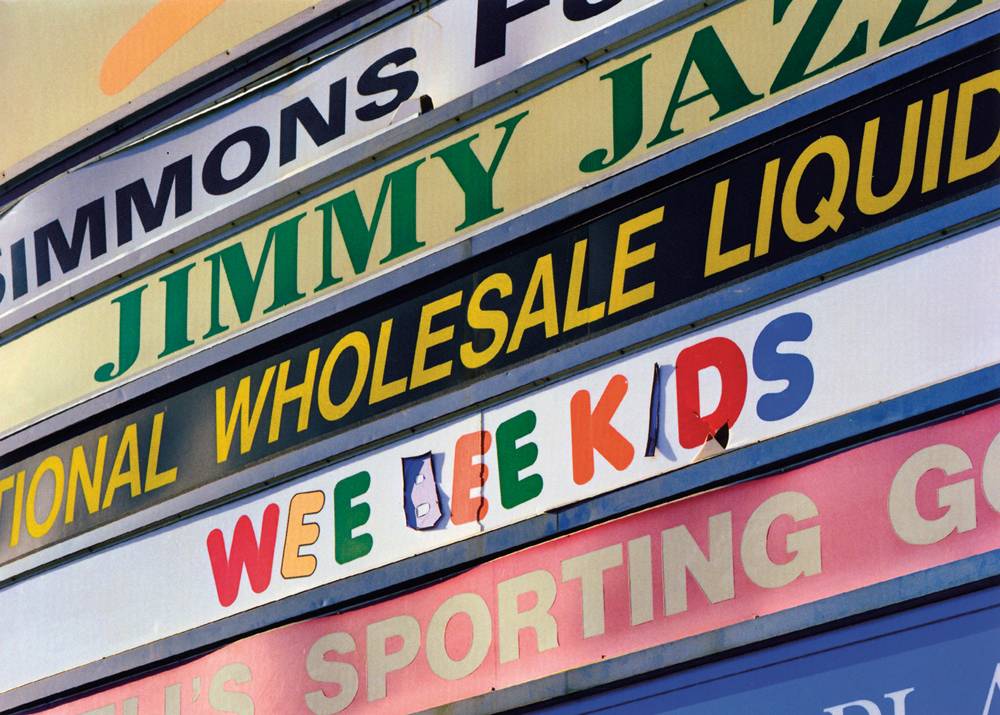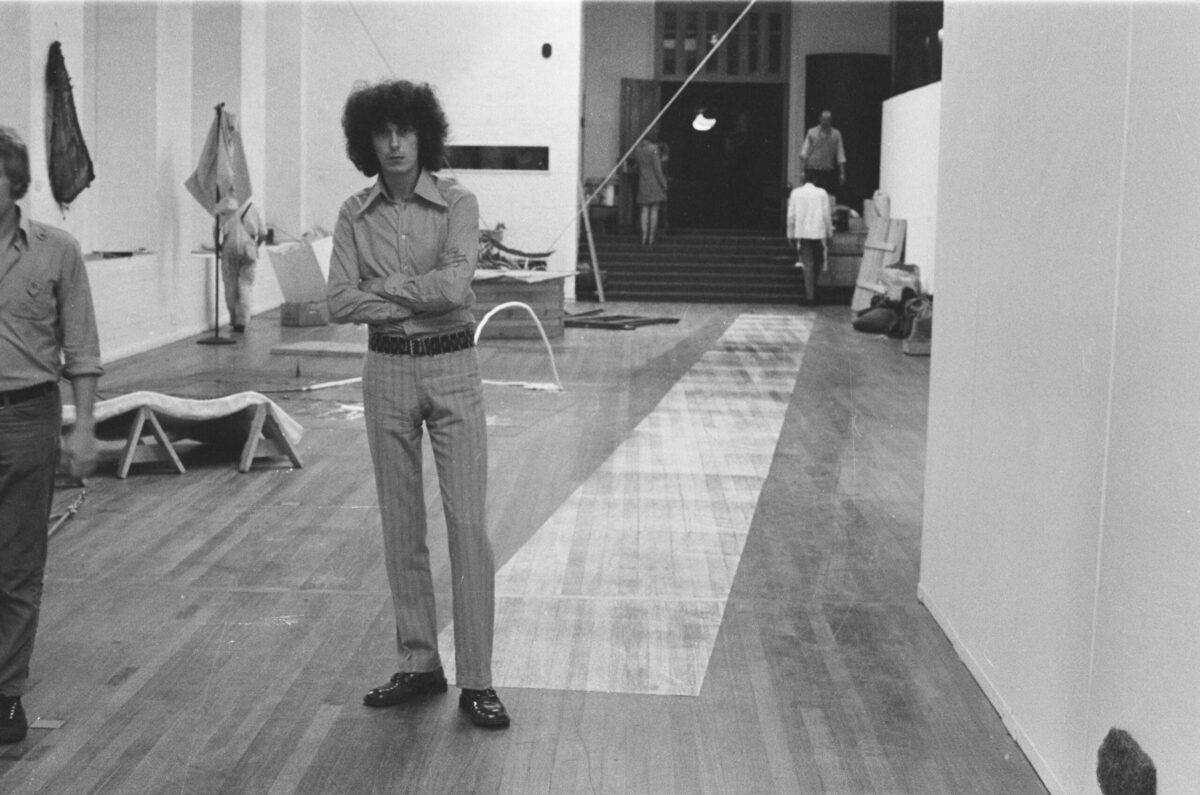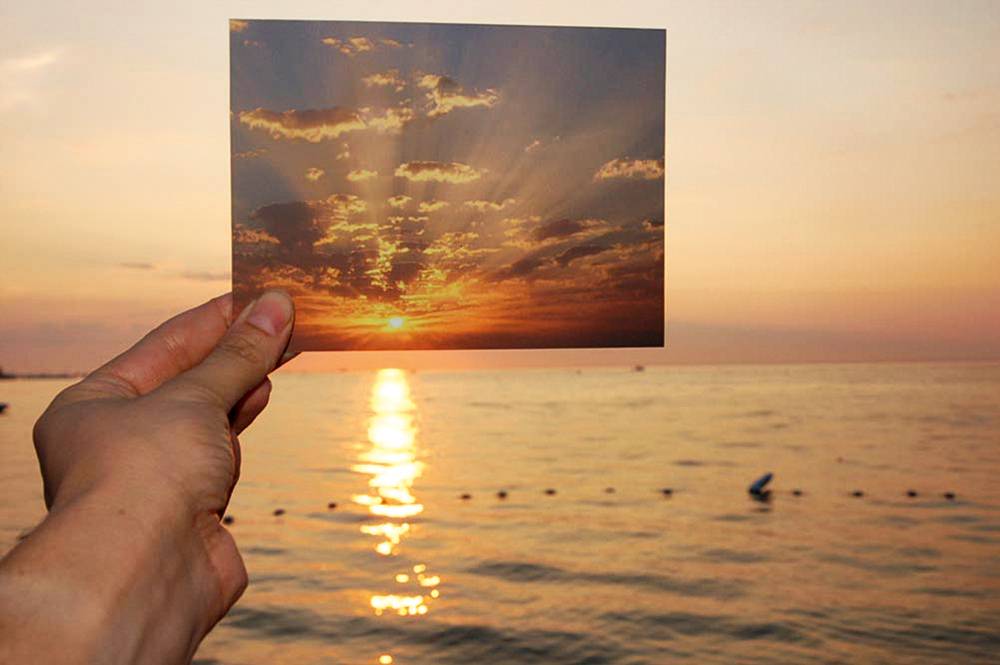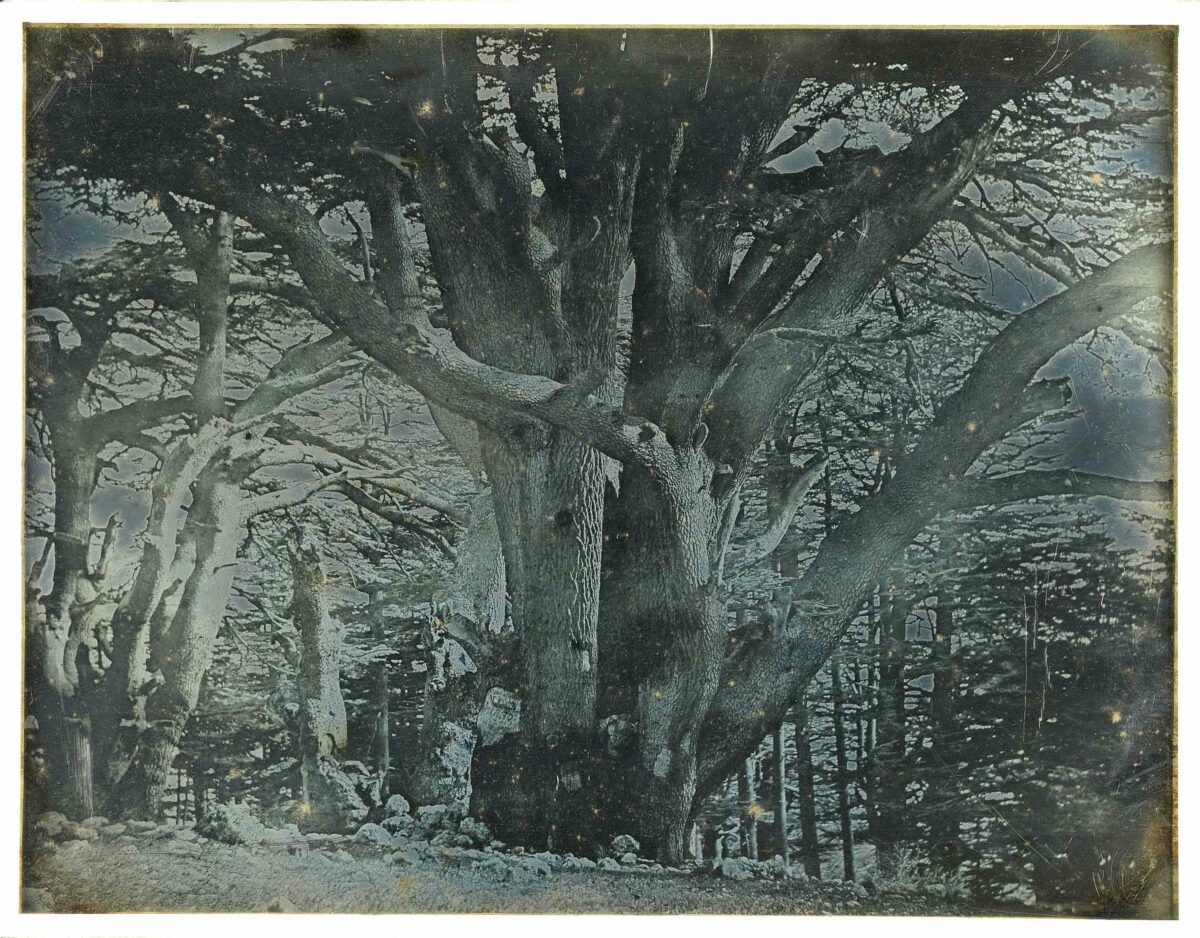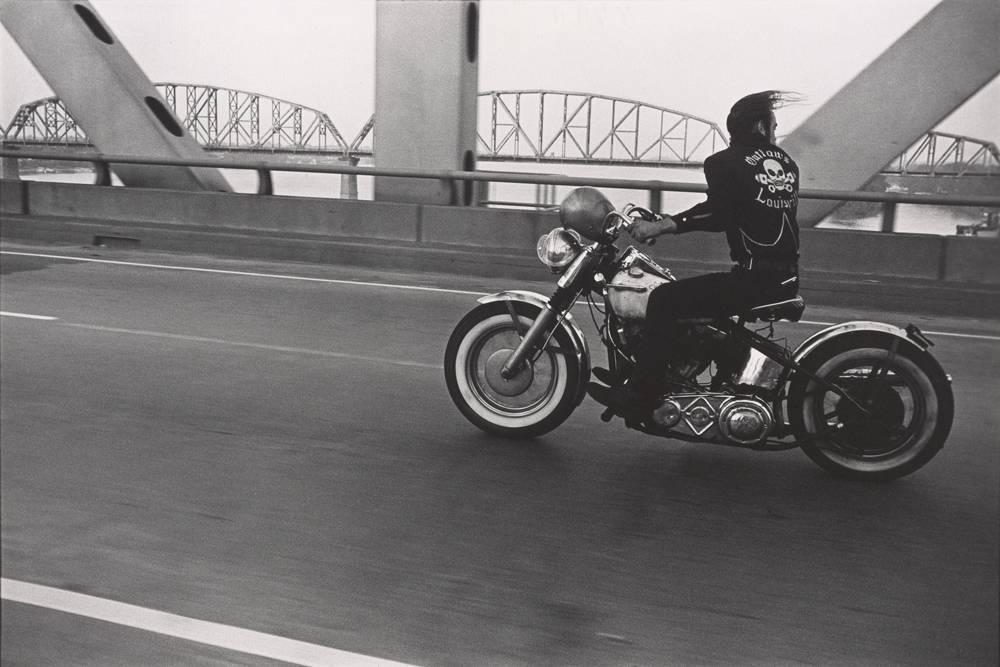Famous for his sensational, smitten early photographs of a nude Kate Moss, Mario Sorrenti has become a great fashion photographer without ever falling into the rut of a predictable style. You’ll find some evidence of that in his massive new book, Draw Blood for Proof (SteidlDangin), but fashion is hardly the point here. Sorrenti’s editorial work is just one element in a dense collage of snapshots and portraits of friends, family, lovers, and the photographer himself—interspersed with landscapes, still lifes, drawings, and appropriated material—that had once covered the walls of his studio. Transferred to Andrew Roth’s gallery in 2004, under the shrewd supervision of curator Neville Wakefield, this exploded scrapbook was re-photographed before being disassembled, and the results are here. Larry Clark’s Tulsa, Philip-Lorca diCorcia’s Thousand, and later work by Robert Frank involve similarly private material, but Draw Blood is unique not just for its scale; its layered composition is hectic and hypnotic, repeating fragments and whole images like pieces of a huge puzzle. You don’t need to put it all together again to appreciate its terrific emotional (and erotic) impact. Moss is here, as is Clark, Frank, Chloe Sevigny, Colin Powell, Milla Jovovich, John Waters, and Bob Hope; the line between assignments and personal work blurs, but the context makes everything personal. But if Draw Blood is a revealing self-portrait, it’s also full of secrets. Nothing is captioned; the text is minimal; we’re left to draw our own conclusions about everything we see. Think of the project as autobiographical fiction—fascinating, but only part of the story.
Amani Willett’s Disquiet (Damiani) describes a very different life in pictures. The book, between endpapers that look like storm clouds or thick smoke, presents a series of allusive, often enigmatic images at a measured, deliberate pace. The photographer’s wife and young child—often seen reflected, partially eclipsed, or in the dark—appear along with images of urban streets, country woods, a hovering helicopter, a discarded newspaper, a bonfire, and Cheerios on a tiled floor. Punctuating these color pages are spreads in grainy black and white of shadowy figures nearly engulfed in billowing white smoke: demonstrations, it turns out, identified in the image list as Occupy Wall Street, but deliberately obscured, and all the more hellish for their suffocating aura of pent-up rage and impending violence. The book would be subtler without these images, but they underline the apprehension that pervades even the most neutral pictures. Whatever comfort Willet takes in his family here is clouded by anxiety and dread.
Picking up the fashion thread introduced by the Sorrenti book, look out for Hans Feurer(due in November from Damiani), the first collection of the Swiss photographer’s high-energy editorial, advertising, and calendar work. Still shooting at 74, Feurer was first popular in the 1970s, when his pages in French Vogue, Elle, and Nova caught the sexy, sporty, liberated spirit of the times. The look is European, the models casually bare-breasted or nude; Helmut Newton and Guy Bourdin were surely influences, but the work has more in common with the period’s glossier men’s magazines, like Oui and Lui. Fabien Baron designed the book for maximum impact, so flesh gets more space than fashion. Feurer cultists wouldn’t have it any other way.
Members of the Steven Meisel cult, denied a long-rumored retrospective book, can take some comfort in the recent issue of Italian Vogue (Luglio/July 2013) celebrating 25 years of Franca Sozzani’s editorial rule and dedicated to Meisel’s astounding work in that period. The issue’s extensive portfolio of covers and spreads, headlined Greatest Hits Vol 1, delivers a tantalizing overview of the most inventive fashion photography of the past quarter century.




